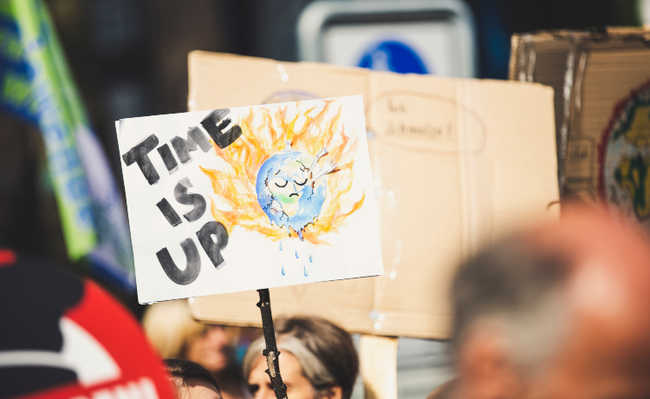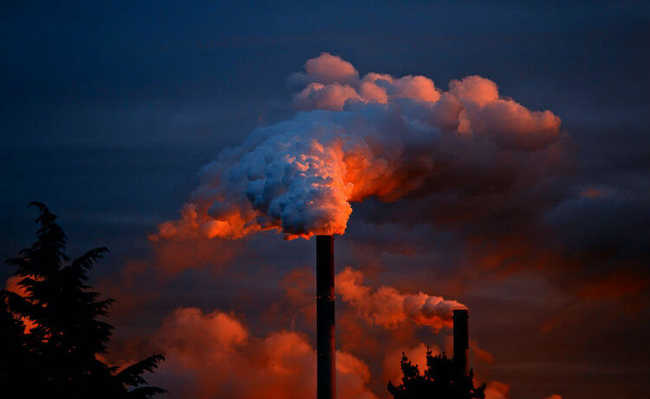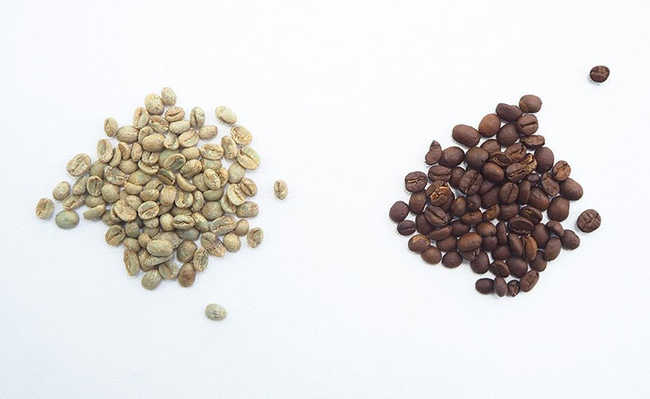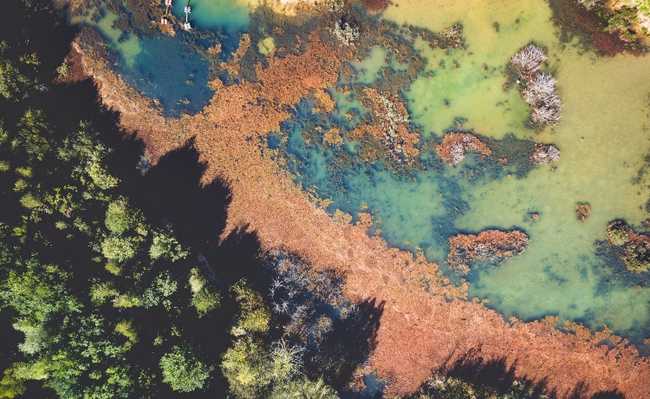What is silicon?
Silicon is the second most abundant element in the earth's crust and has several uses

Edited and resized image by Rdamian1234 is available on Wikimedia and licensed under CC BY-SA 4.0
what is silicon
Silicon is an essential component of most of the rocks that make up the earth's crust, making up more than 28% of its mass. It is the second most abundant element on the Earth's surface, second only to oxygen. The sun, other stars and meteorites called aerolites also have silicon in their composition. Its pure form cannot be found in nature, but silicon compounds can be found, for example, in sandstones, clay, sand and granite, usually in the form of silicon dioxide (also known as silica) and silicates ( compounds containing silicon, oxygen and metals).
In addition to having a metallic luster and a greyish brown coloration, silicon has a very hard crystalline form and is poorly soluble. Furthermore, silicon is a relatively inert element and resistant to most acids. Silica can have different colors depending on the presence of other elements. When it is almost pure, it is known as quartz or crystal. Purple or lilac colored quartz are amethysts. With a yellow coloration, quartz is known as citrus. Opal, a hydrated amorphous silica, is found in several colors.
silicon in everyday life
Silicon is used as the main component in silicones, glass, cement, ceramics. Furthermore, as it is an abundant semiconductor material, the electronics and microelectronics industry uses silicon as a basic material for the production of various miniaturized electronic circuits. The element is considered so important to these industries that it was named after Silicon Valley, in the United States, where important companies in the electronics and information technology sector are concentrated.
Quartz crystals are also very important because they have a special property called piezoelectricity. It is a feature that allows the transformation of mechanical energy into electrical energy, making these elements useful for the construction of various objects, such as solar panels.
In addition to being able to reuse silica sachets, sachets used to reduce moisture in medicine packaging, for example, silicon is also recycled by many companies. By recycling the components that contain the material, it is possible to save 30% to 90% of energy in the manufacture of solar cells for solar panels.
The effects of silicon on humans
Silicon is one of the twelve main elements in the composition of living organisms, and even in small amounts, this element plays an important biological role for the organism's support structures. However, despite being a fundamental element for the body, the inhalation of silicon can cause pneumoconiosis and silicosis.
Crystalline silica has been analyzed by the IARC and classified as carcinogenic to humans. If inhaled, in addition to causing pneumoconiosis and silicosis, crystalline silica can also cause lung cancer. This worries not only the workers, but also the inhabitants of the surroundings of the sand mines, the main resource exploited in their extraction.
The effects of silicon on the environment
Sand mining is a practice used to extract sand from wells, beaches, dunes, ocean bottoms and rivers. In addition to being responsible for erosion, this practice harms the life forms that live in the surroundings. Disturbing the sands of the seabed and beaches is also responsible for harming corals and other aquatic life that depends on sunlight. Furthermore, the removed dunes make the land more vulnerable to flooding, not to mention the damage to tourism.
To alleviate all these factors and a few others, laws have been created to regulate sand mining, but as demand continues to grow for this type of material, more mines emerge – legal and illegal – at a frenetic pace of extraction. A documentary called “The Price of Sand” written and directed by Jim Tittle tells how a small town in Minnesota, USA, reacted to an oil company that acquired nearby land to install a sand mine .
The documentary is one hour long and seeks to explain the order of events, in addition to emphasizing protests and complaints. Tittle highlights on his website the positions of both sides and shows, in the film, interviews with residents of the mine's surroundings and their criticisms: among them, the silica clouds that rise from the extracted sands, pollution that threatens the health of the inhabitants of the mine. City. Check out the documentary trailer (in English):










